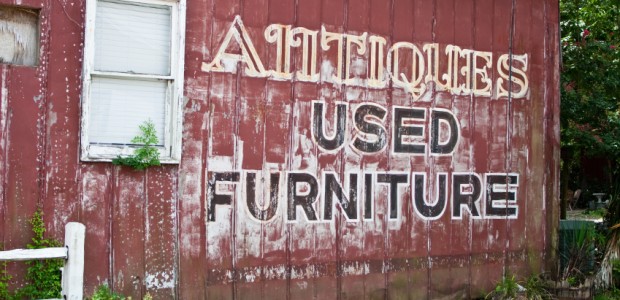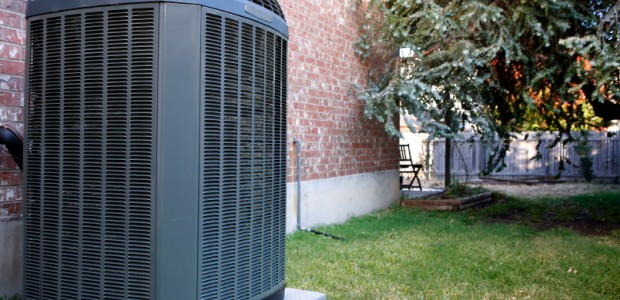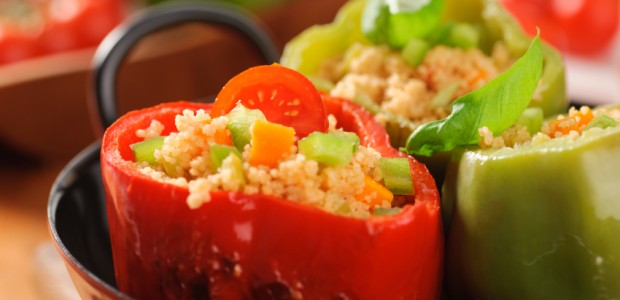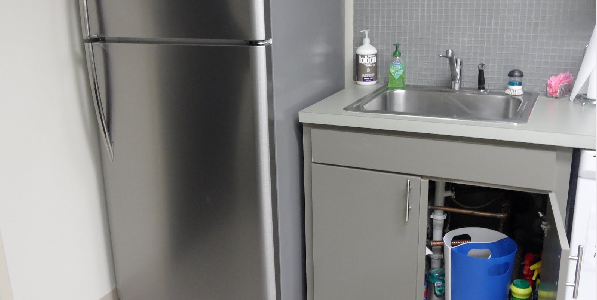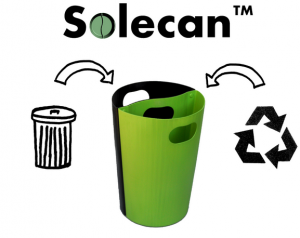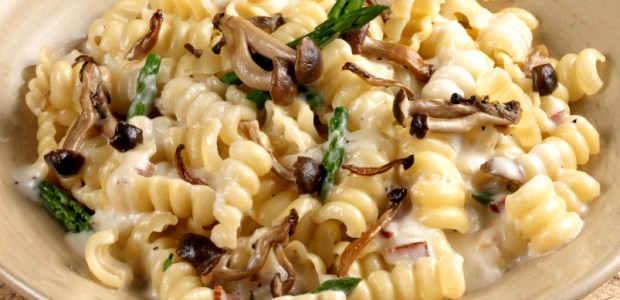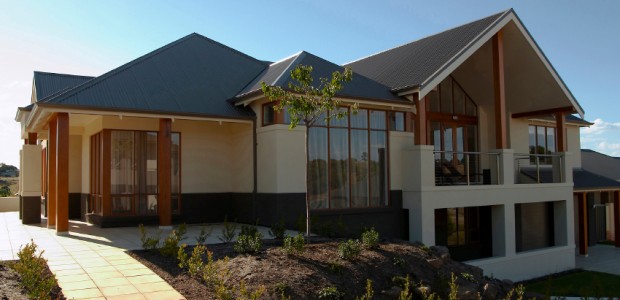A great way to help save the environment is to buy eco-friendly furniture. If you are not crazy about purchasing recycled, refurbished or reused furniture, try and reuse the already existing accent tables, lamps or rugs you might have. You can give your existing lamps a new life by switching out the lamp shade and giving them a new paint job. Here is some information on eco-friendly furniture.
Recycled. When we mention recycled furniture we don’t just mean your neighbors old couch (although that’s great as well!) We’re talking about a piece of furniture that has been re-built from other pieces of sturdy furniture. For instance a wood frame from a couch made from wood parts of other couches and door frames, etc. Since most of the wood is recycled from other pieces of furniture it often has an antiquated look to it, a perfect fit for some homes and decors.
Refurbished. Instead of going out and buying brand new furniture, a good idea is to have your old furniture refurbished. Refurbishing helps save you time and money as well as having a new eco-friendly piece of furniture.
Reused. Reused furniture is furniture that has at least one previous owner. By having previously used furniture it helps reduce your cost and cuts down the demand for new furniture. You can find some really good deals on reused furniture. Check out your local thrift stores, antique shops, check craigslist or Freecycle.com before heading to the store to buy a new couch.
If you are in the market for brand new furniture try to look for some of these features and attributes:
Materials. Look for furniture that has been built out of bamboo, hemp and even wood. The wood we’re talking about is correctly harvested wood. Bamboo is one of the best options because it grows back very quickly and is a very strong material and will last for years to come.
Quality. When looking for eco-friendly furniture be sure to look for quality as well as the important attributes such as, budget friendly and fashionable. You might find that perfect bamboo framed couch, but the quality of workmanship is terrible. If you purchase a well-made couch chances are you won’t have to purchase a new one a couple years down the road because of wear and tear (if you get tired of the couch refurbish it!)
